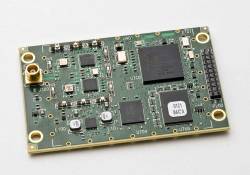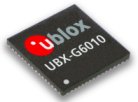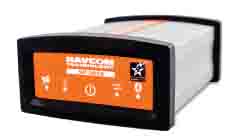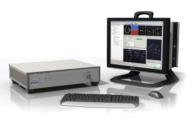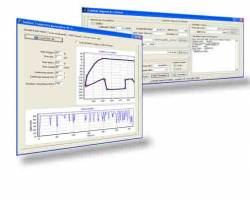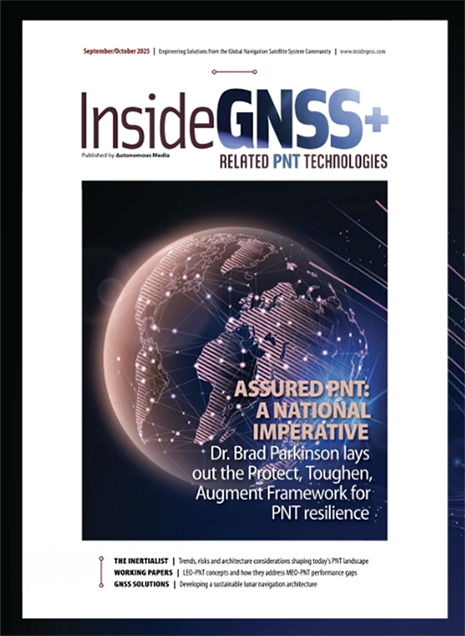Rakon Offers New Manta TCXO for GNSS Applications and High-sensitivity Communications
Rakon, the New Zealand-based manufacturer of frequency timing solutions, has launched a new TCXO in its Manta Series.
The HT7500/HVT7500 temperature-controlled oscillator combines discrete design and ASIC compensation in a compact standard 7m x 5m x 1.9m SMD package. It offers high-quality stability and phase noise.
Advanced IC technology, using unique fifth-order compensation over wide temperature ranges (-40°C to 85°C), makes this TCXO suitable for GNSS applications and for use in precision GPS where low phase noise is required.
By Inside GNSS


